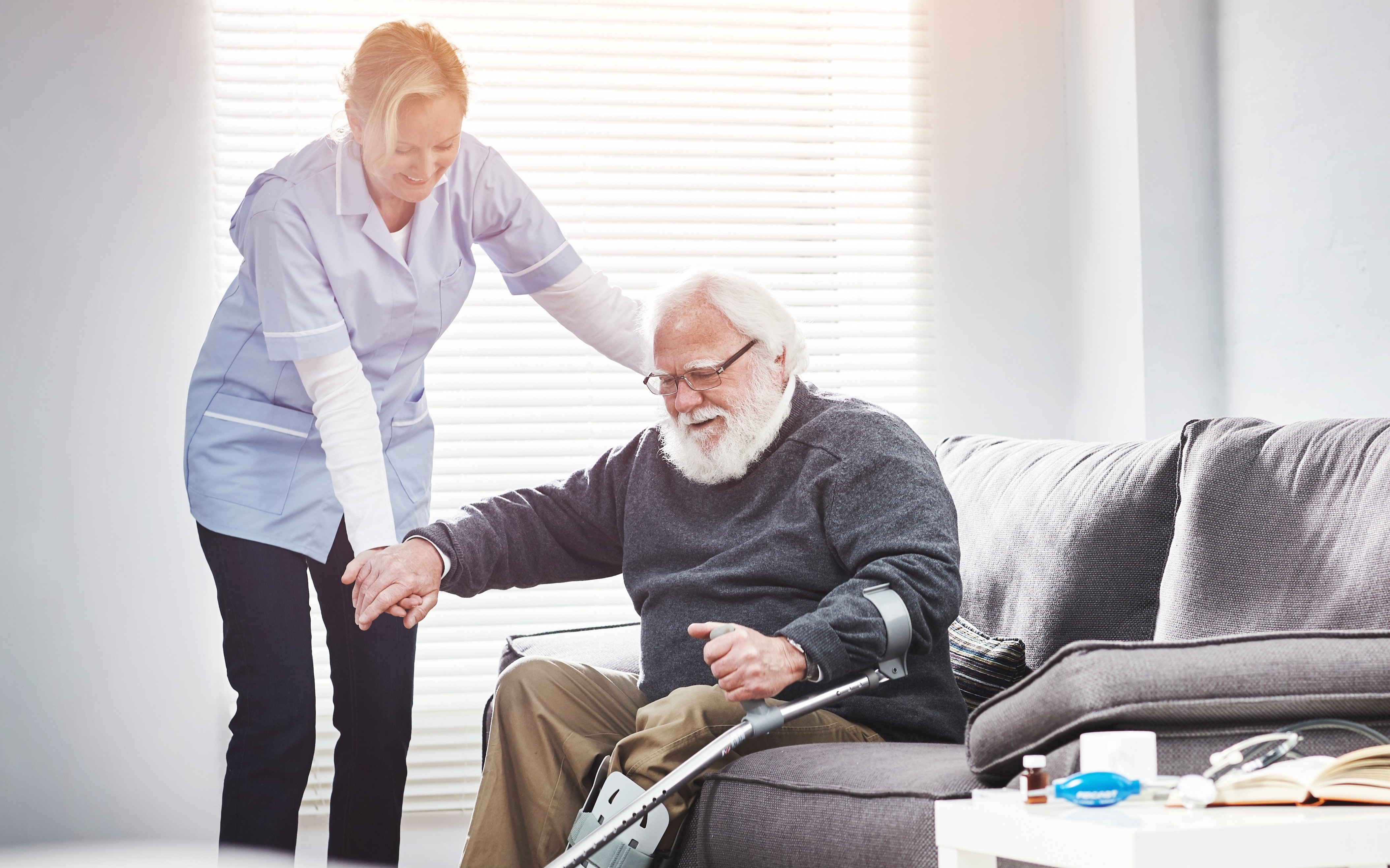Osteoarthritis
Osteoarthritis
Osteoarthritis is the ‘wear and tear’ arthritis that affects people as they age. It is the years of using our bones and joints that leads to their degeneration and the cause of pain for many. Osteoarthritis can develop in any joint and often affects the knees, hips, spine, hands and feet. In the lower limbs, the knees, ankle, big toe and midfoot joints are often affected.
Osteoarthritis & the joints
 In osteoarthritis, the cartilage that covers the ends of our bones is worn down. Cartilage typically functions to help absorb shock, acting
as a rubbery cushion, as well as creating a slippery surface for bones to move smoothly and efficiently past one another. As the cartilage
is worn down, bones start to rub against one another. This causes pain, limits movements, and means the shape of the joint can become
distorted – further limiting the ability to move the joints.
In osteoarthritis, the cartilage that covers the ends of our bones is worn down. Cartilage typically functions to help absorb shock, acting
as a rubbery cushion, as well as creating a slippery surface for bones to move smoothly and efficiently past one another. As the cartilage
is worn down, bones start to rub against one another. This causes pain, limits movements, and means the shape of the joint can become
distorted – further limiting the ability to move the joints.
What are the symptoms?
Not all osteoarthritic changes are symptomatic and when they are, you’ll likely notice the symptoms progressing gradually over time. Symptoms may include:
- Painful joints
- Swelling
- Redness
- Limited movement at joints
- Pain on moving/using the joints
- Creaking in the joints
- Changes to the bone shape (including irregular bony growth at the joints)
- Weakened muscles
What causes osteoarthritis?
The term ‘wear and tear’ that is often associated with osteoarthritis refers to the loads that we put on the joints during our lifetime that cause them to wear down. Aside from this, other contributing factors include:
- Previous injury to the bones or joints
- Obesity
- Infection
- Repetitive movements that overload and stress the joints
How is osteoarthritis treated?
While the degenerative changes in the cartilage from arthritis are irreversible, they can be managed to reduce the symptoms and improve your
comfort and mobility. You can also reduce the rate of progression of osteoarthritis.
Aside from the standard treatments from your GP, your Podiatrist can focus specifically on your feet and knees to improve your comfort and even mobility. This can be done by:
- Assessing your footwear to ensure they’re helping you move and absorb shock and not putting extra loads on your joints
- Prescribing orthotics that redistribute weight away from painful joints and areas, cushion the feet, help you absorb shock and improve the overall biomechanics of the feet
- Prescribe low-impact exercises that can help maintain your joint strength and mobility
- Discuss your regular activities and how you can continue to do these while not speeding up the progression of osteoarthritic symptoms



